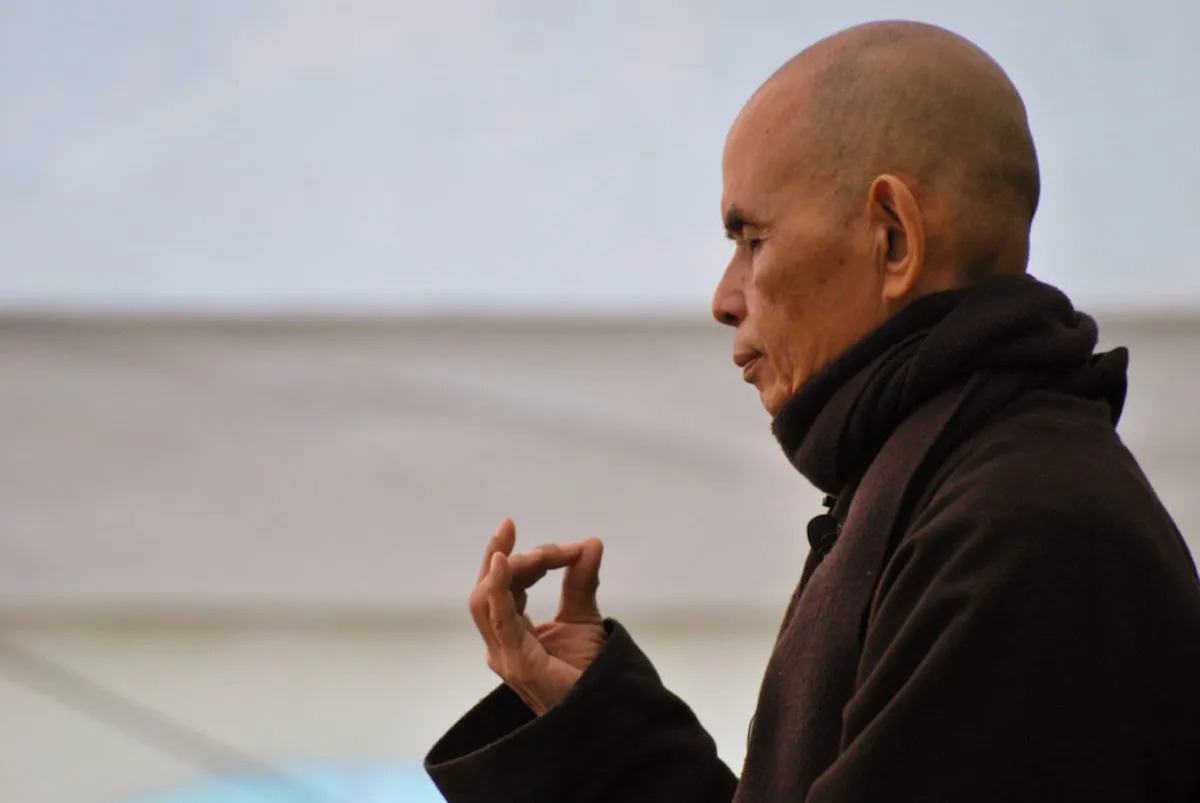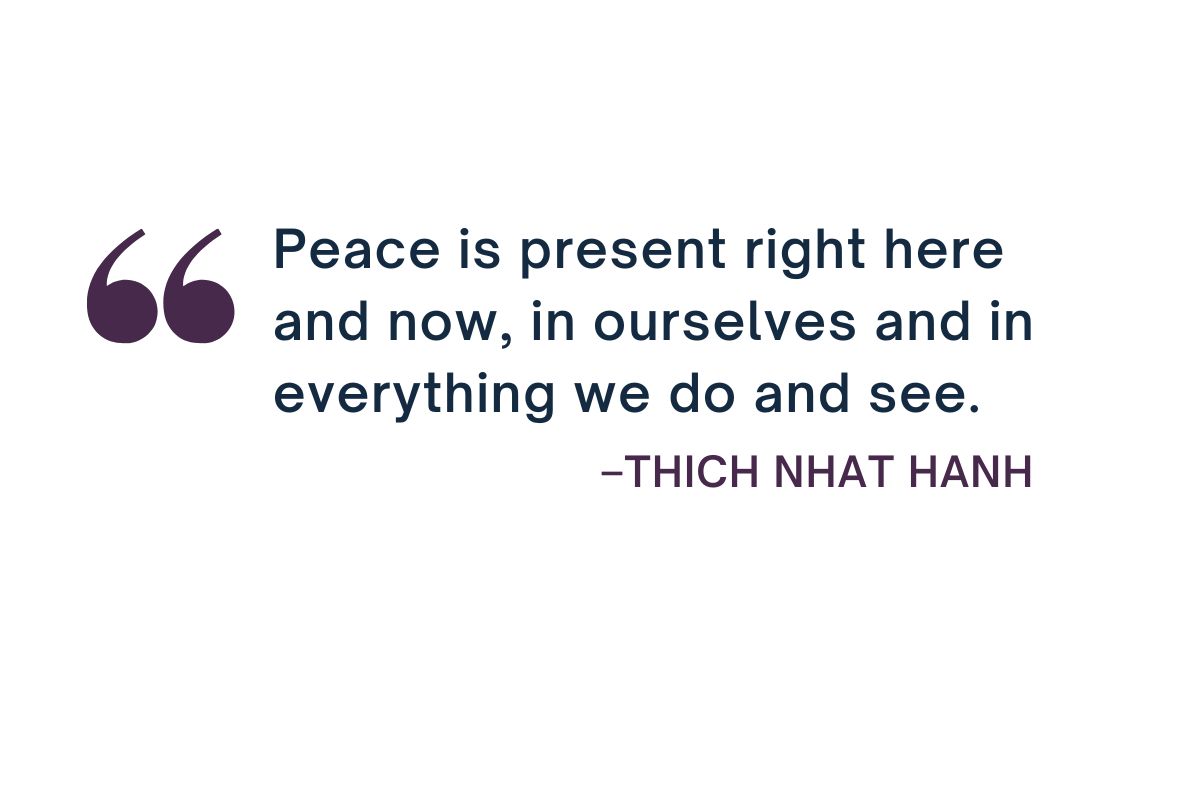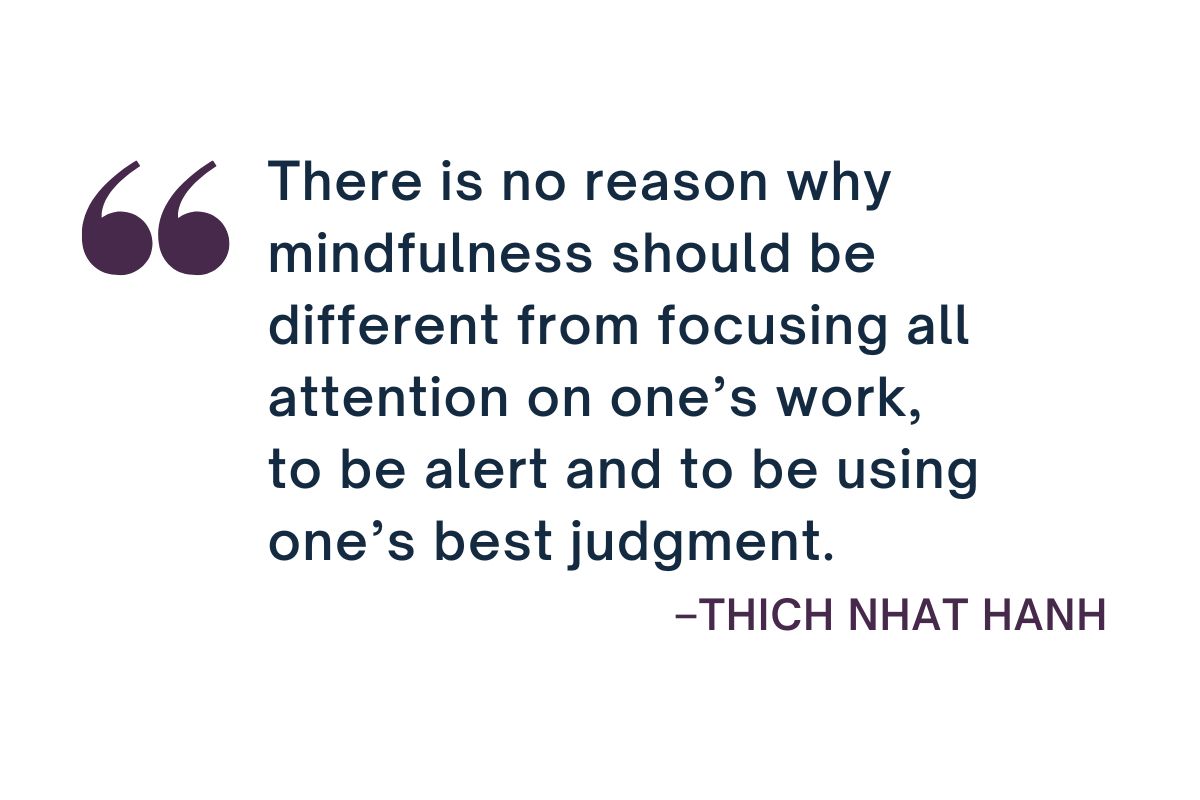“To realize a tranquil heart and clear mind is to have gone far along the path of meditation,” writes Zen master Thich Nhat Hanh (October 11, 1926–January 22, 2022) in his book The Miracle of Mindfulness.
“During meditation, various feelings and thoughts may arise,” he adds. “If you don’t practice mindfulness of the breath, these thoughts will soon lure you away from mindfulness.”

FREE Self-Test: How Spiritual Are You?
“But breath isn’t simply a means by which to chase away such thoughts and feelings,” he continues. “Breath remains the vehicle to unite body and mind and to open the gate to wisdom.” Then Thich Nhat Hanh offers the following reflection on the miracle of mindfulness meditation:
The person who practices meditation usually hopes to see into his or her own nature in order to obtain awakening. But if you are just beginning, don’t wait to “see into your own nature.” Better yet, don’t wait for anything. Especially don’t wait to see the Buddha or any version of “ultimate reality” while you’re sitting.
In the first six months, try only to build up your power of concentration, to create an inner calmness and serene joy. You will shake off anxiety, enjoy total rest, and quiet your mind. You will be refreshed and gain a broader, clearer view of things, and deepen and strengthen the love in yourself. And you will be able to respond more helpfully to all around you.
Sitting in meditation is nourishment for your spirit and nourishment for your body, as well. Through sitting, our bodies obtain harmony, feel lighter, and are more at peace. The path from the observation of your mind to seeing into your own nature won’t be too rough. Once you are able to quiet your mind, once your feelings and thoughts no longer disturb you, at that point your mind will begin to dwell in mind. Your mind will take hold of mind in a direct and wondrous way which no longer differentiates between subject and object. Drinking a cup of tea, the seeming distinction between the one who drinks and the tea being drunk evaporates. Drinking a cup of tea becomes a direct and wondrous experience in which the distinction between subject and object no longer exists.
Complement Thich Nhat Hanh’s The Miracle of Mindfulness meditation with our articles on how to practice breathing meditation, how to practice tea meditation, and then revisit 8 best Thich Nhat Hanh books on mindfulness.

FREE mindfulness resources for stress relief
I’m a freelance writer and mindfulness advocate behind this blog. I started my meditation practice in 2014, and in 2017 I launched this website to share what I learn with others. Here are the three things you can do here:
1. Schedule a free consult if you want to learn Buddhist meditation.
2. Download free mindfulness resources for stress relief
3. Join Patreon for exclusive content and community meetings.








